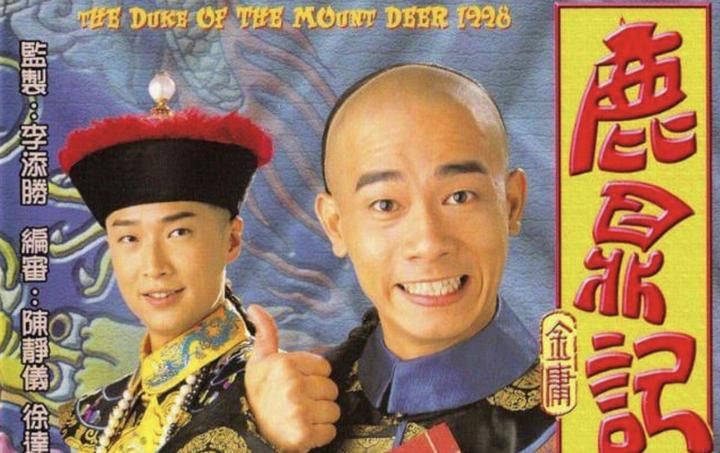The Declining Social Status of Martial Artists in The Deer and the Cauldron
The seeming decline in martial arts prowess in Jin Yong’s The Deer and the Cauldron reflects not a diminishment in skill, but rather the reduced social status of martial artists under Qing Dynasty rule in China.

The martial arts descriptions in Jin Yong’s The Deer and the Cauldron are as vivid and impressive as his earlier works, featuring extraordinary feats of strength, agility, and internal energy cultivation. However, there is a striking difference in how martial artists are positioned within the social hierarchy of the Qing Dynasty setting compared to Jin Yong’s previous novels set in earlier periods.
In earlier works like The Heaven Sword and Dragon Saber, martial artists operated largely outside the constraints of imperial authority. They were powerful autonomous figures who could challenge or even threaten dynastic rule. The Red Flower Society could plot against Emperor Qianlong, and figures like Hong Qigong could move freely through the imperial palace.
The Deer and the Cauldron presents a markedly different reality. Despite their formidable skills, martial artists find themselves subjugated by Qing imperial power. The Shaolin Temple, once feared for its martial secrets, must now humbly receive imperial edicts. Even revered 70-year-old monks must bow to teenage Qing officials as their teachers.
This shift is powerfully illustrated through characters like Feng Xifan. Despite his exceptional martial arts abilities that allow him to perform seemingly supernatural feats, he lives as a fugitive, sleeping rough and scrounging for survival. When he finally obtains a minor official position, he celebrates like a child receiving a toy - a stark contrast to the commanding presence of martial artists in earlier novels.
The culminating example comes when the Gui family martial artists, despite their supreme fighting abilities, are captured in the imperial palace. Where previous novels showed martial heroes moving through palace grounds at will, the Qing Dynasty setting of The Deer and the Cauldron shows even the mightiest warriors helpless before imperial authority.
This social diminishment reflects historical reality under the Qing Dynasty’s tight control and centralization of power. Through this lens, Jin Yong masterfully uses martial arts fiction to explore themes of power, authority, and the changing role of traditional Chinese martial culture under Manchu rule. The apparent “decline” in martial arts is thus revealed as a decline in the social position and autonomy of its practitioners.